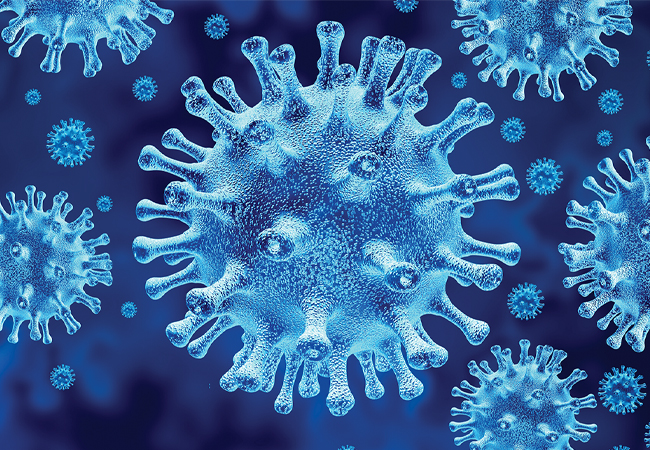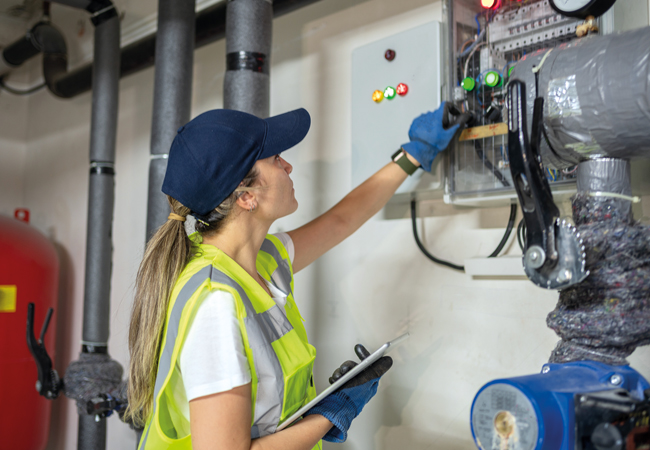
Credit: iStock.com – Wildpixel
Research from the Universities of Oregon and California supports industry claims that air conditioning and ventilation systems can help to reduce the spread of the Covid-19 virus.
In the Covid-19 pandemic: Built environment considerations to reduce transmission paper, published in a journal of the American Society for Microbiology, researchers said higher air exchange rates in buildings may help dilute indoor contaminants.
However, they said engineers should ensure there was an adequate amount of outdoor air being brought into the building because simply accelerating recirculation could have the opposite effect.
They also said that Covid-19 particles are too small to be contained even by the best HEPA and MERV filters, but that proper filter installation and maintenance can help to reduce the risk of airborne transmission.
The review of research on Covid-19 and similar pathogens found that the virus-laden particles can remain airborne for up to three hours.
The North American technical society ASHRAE also believes HVAC systems can help to control the spread of the virus. ‘Ventilation and filtration provided by heating, ventilating, and air-conditioning systems can reduce the airborne concentration of SARS-CoV-2 and thus the risk of transmission through the air,’ it said.
It was responding to calls for systems to be shut down to and pointed out ‘unconditioned spaces can cause thermal stress to people that may be directly life-threatening and…lower resistance to infection’.
‘In general, disabling of heating, ventilating, and air-conditioning systems is not a recommended measure to reduce the transmission of the virus,’ ASHRAE said.
In a paper, Emerging Infectious Diseases, researchers found Covid-19 aerosol distribution characteristics in a Wuhan hospital suggested transmission distance of the virus of up to 4m.
UPDATE:




